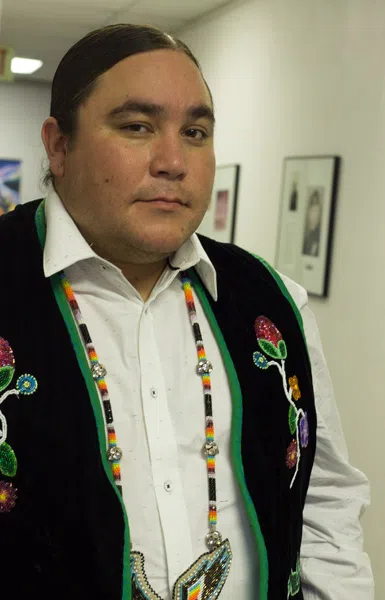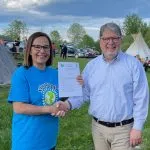
Humans of Saskatoon: Chris Scribe
Moe
Morin is a freelance writer and photographer and the co-founder of Humans of
Saskatoon. She photographs and interviews people and run their stories on her
highly popular Facebook page. This month she talked to educator Chris Scribe,
Director of ITEP at the U of S about First Nations education.
Below are his unedited words.
One
of the most important things in Indigenous Education to look at is our history,
and the realities of what the education system is in regards to Indigenous
people, and more specifically First Nation people. The education system that we
know of as Western Education that exists was never built for Indigenous
students to succeed. It was built for our assimilation, our colonization, it
was built to “kill the Indian in the child” and that was the purpose
and intent.
They
didn’t build universities with the idea that Indigenous people would be there,
it wasn’t a place of inclusion for us, and it was built for non-Indigenous
people and mirrored in that image for them to succeed. When we talk about
Indigenous Education, we can’t talk about anything unless we discuss and
understand what happened in 1972 in response to Trudeau’s “White
Paper”.
Our
Indigenous people across Canada came together, and replied with the “Red
Paper” which included Indian Control of Indian Education. What does that
mean, and what is the significance of that? We have schools in our First Nation
communities that are supposed to be operating under that mandate of Indian
Control of Indian Education. Whether they know it or not, they operate under
Indian Control of Colonial Education.
We
come to the schools, and we deliver a system thinking the perfect example of
what a school should be is in the town located ten minutes away; a provincial
school which actually fails Indian kids at seventy percent so it’s important to
understand what Indian Control of Indian Education means and is – it’s the
fight to have identity, culture, language and traditions (relevant to the
community that you’re teaching in), and have that be the heart and soul of your
school. Make this first and foremost.
We
tend to have a colonial education system as a foundation and we try to sprinkle
language, culture and traditions and make it fit into that and it’s impossible.
It doesn’t work, and the numbers prove it, our children are failing in our
schools and moving into the prisons. Our people are filling the jails, and this
needs to change. We know how to make our children succeed, we know what they
need, and the reality is, we’re never going back to living off the land. We
live in this world, and have to know this world but it shouldn’t be at the
expense of who we are as Indigenous people.
When
I started my professional path, I made a promise and a vow to my late grandfather
who was a hunter, fisherman and trapper in northern Manitoba. He only had a
grade six Industrial School education but this man was a PhD level biologist,
astronomy teacher, environmentalist, and ecologist. He understood everything
there was about the land.
He
came into Manitoba schools worked for the Native Education Branch of Manitoba, National
Indian Brotherhood, sharing indigenous knowledge through stories, model kits of
trap lines, and used numerous other tools that he acquired from his indigenous
education growing up. My grandfather passed away when I was three years old,
and I never had the opportunity to sit down to speak to him about education, or
have insight into his world view.
He
will one day greet me when my time ends here, and what I want to say to him
“Mooshum, I did everything I could for our children to succeed. I did
everything I could for Indigenous Education to be important.” I want to
say that to him, and that means including true Indigenous Knowledge as the base
of everything we do. If I continue on, and do the same thing we’ve been doing
all this time in education, I can’t have that conversation with my grandfather.
Related:

